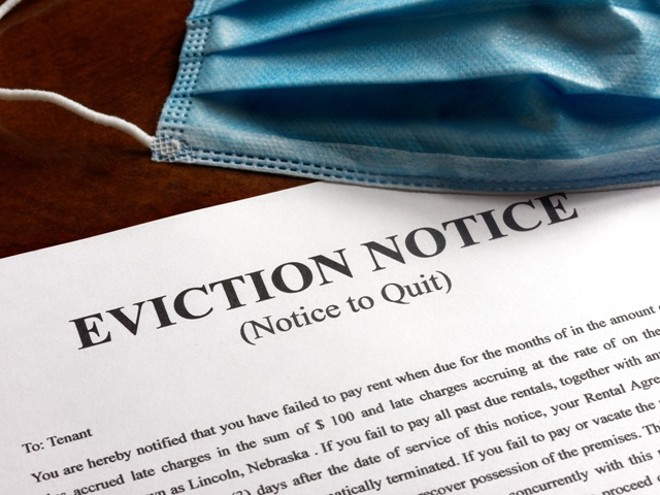Cleveland Heights joins Linndale, South Euclid, University Heights and Warrensville Heights in Cuyahoga County and Wickliffe in Lake County as communities with Source of Income protections.
Cleveland Heights Vice Mayor Kahlil Seren, who introduced the legislation, celebrated the ordinance's unanimous passage earlier this week.
I’m particularly proud to say that this PASSED unanimously!!! #ClevelandHeights renters deserve protection from discrimination. When I introduced this, it wasn’t popular, but after 3 readings + committee my colleagues joined me b/c we can’t be afraid to do right by our residents. https://t.co/4cVs3K0gCr
— Kahlil Seren (@kahlilseren) April 21, 2021
The addition of Source of Income protection was one of several expansions to local fair housing laws documented by the Fair Housing Center for Rights and Research in its annual "State of Fair Housing Report," released this week. (You can read the full report below or at this link.)
The report noted that the city of Medina passed its first fair housing ordinance in 2019 protecting residents from housing discrimination on the basis of sexual orientation and gender identity and expression. Shaker Heights updated its fair housing ordinance as well, in 2020, broadening the classes of people who are protected from housing discrimination to include disability, military status, and gender identity.
Additionally, the fair housing report found that a number of communities have passed or are in the early stages of exploring additional tenant protections like "Pay to Stay" ordinances, which allow tenants to avoid eviction if they pay their rent and late fees before their eviction hearing. Lakewood, for example, passed a Pay to Stay law last month.
Michael Lepley, the Senior Research Associate at the local Fair Housing Center for Rights and Research, and one of the 2021 report's authors, told Scene he thought it was fair to say that the state of fair housing in Northeast Ohio was a mixed bag.
"In 2020, we saw the federal government finalize their roll back on several fair housing protections and programs," Lepley wrote in an email. "At the same time, we saw a lot of municipalities across Ohio increase protections, like Cleveland Heights just did. The eviction crisis is coming. And I don’t think anyone is quite sure how it will play out. It may be another area where we see local government fill in the gaps."
One way that Northeast Ohio has fought evictions is through the new "Right to Counsel" program, launched last summer by the Legal Aid Society and the United Way of Greater Cleveland in partnership with the city of Cleveland. WKYC reported that during the program's first six months, 93% of Right to Counsel clients managed to avoid evictions. The program launch also coincided with a federal eviction moratorium, which reduced the number of overall evictions.
But housing experts, and indeed, the Fair Housing Report, warn that when the moratorium expires, a wave of evictions could be coming.
***
Sign up for Scene's weekly newsletters to get the latest on Cleveland news, things to do and places to eat delivered right to your inbox.


